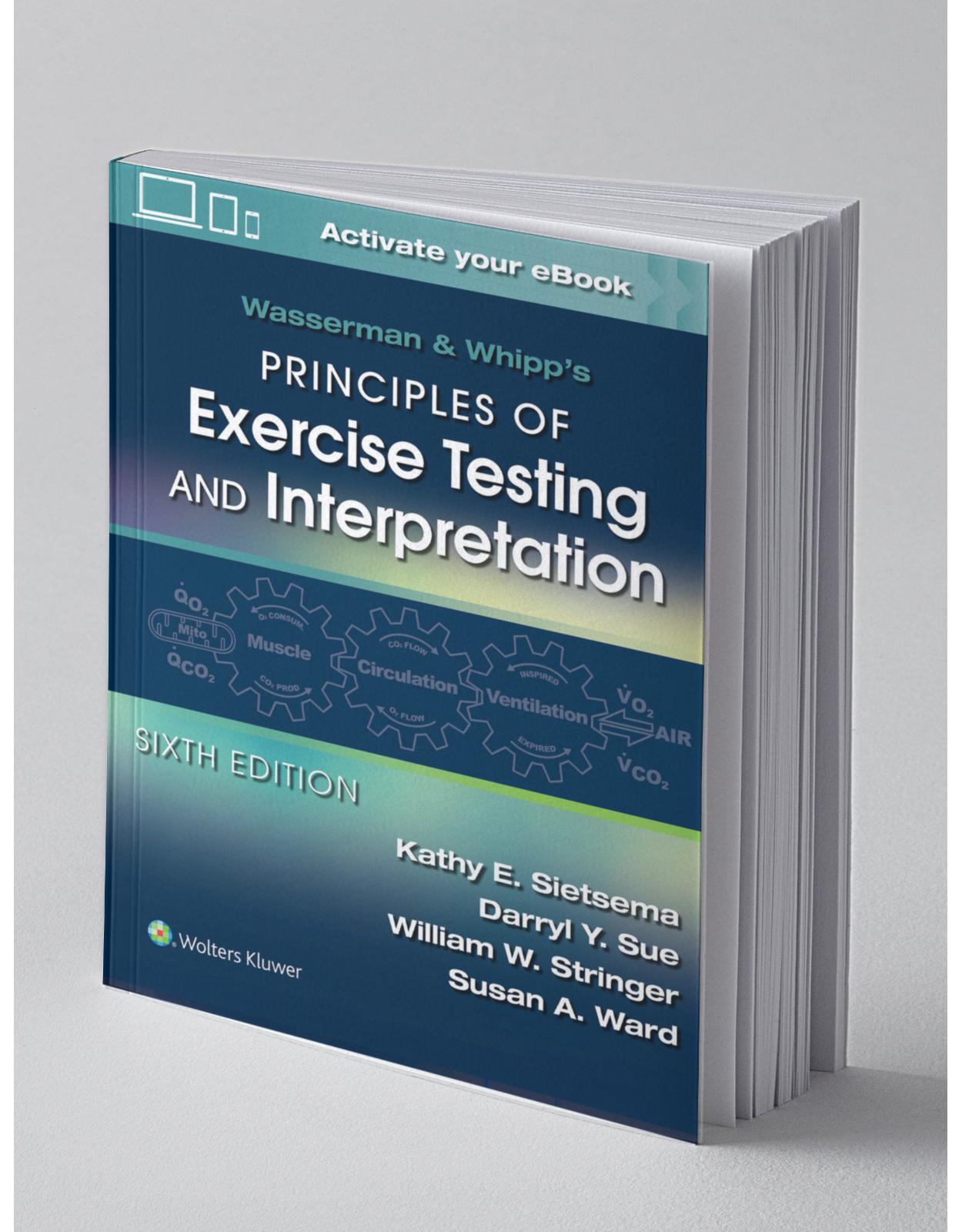
Wasserman & Whipp's Principles of Exercise Testing and Interpretation: Including Pathophysiology and Clinical Applications
Livrare gratis la comenzi peste 500 RON. Pentru celelalte comenzi livrarea este 20 RON.
Disponibilitate: La comanda in aproximativ 4 saptamani
Editura: LWW
Limba: Engleza
Nr. pagini: 600
Coperta: Paperback
Dimensiuni: 21.08 x 2.03 x 27.43 cm
An aparitie: 25 Sept. 2020
Description:
Thoroughly revised and updated for today’s clinicians, Wasserman & Whipp’s Principles of Exercise Testing and Interpretation, Sixth Edition, provides a comprehensive, practical overview of cardiopulmonary exercise testing (CPET) ideally suited for pulmonologists, cardiologists, anesthesiologists, and others with an interest in clinical exercise testing. Written by authors who are uniquely positioned to convey relevant aspects of research and apply them to clinical contexts, this volume offers in-depth coverage of essential information for conducting CPET, or for utilizing data from this discipline in clinical practice or research.
- Read directly on your preferred device(s),such as computer, tablet, or smartphone.
- Easily convert to audiobook, powering your content with natural language text-to-speech.
Table of Contents:
1 Exercise Testing and Interpretation
WHAT IS CARDIOPULMONARY EXERCISE TESTING?
CELL RESPIRATION AND BIOENERGETICS
NORMAL COUPLING OF EXTERNAL TO CELLULAR RESPIRATION
WHY MEASURE GAS EXCHANGE TO EVALUATE CARDIORESPIRATORY FUNCTION AND CELLULAR RESPIRATION?
CARDIAC STRESS TESTS AND PULMONARY STRESS TESTS
PATTERNS OF CHANGE IN EXTERNAL RESPIRATION (VO2 AND VCO2) AS RELATED TO FUNCTION, FITNESS, AND DISEASE
FACTORS LIMITING EXERCISE
Fatigue
Dyspnea
Pain
EVIDENCE OF SYSTEMIC DYSFUNCTION UNIQUELY REVEALED BY INTEGRATIVE CARDIOPULMONARY EXERCISE TESTING
Diagnosis of Exercise Intolerance, Especially Exertional Dyspnea and Myocardial Ischemia
Cardiopulmonary Exercise Testing and Prognosis in Patients With Known Disorders
Cardiopulmonary Exercise Testing and Preoperative Assessment
SUMMARY
2 Physiology of Exercise
SKELETAL MUSCLE: MECHANICAL PROPERTIES AND FIBER TYPES
BIOENERGETICS
Sources of High-Energy Phosphate and Cellular Respiration
Phosphocreatine Breakdown
Substrate Utilization
Carbohydrates
Lipids
Amino Acids
OXYGEN COST OF WORK
VO2 Steady State and Work Efficiency
VO2 Nonsteady State
ARTERIAL LACTATE INCREASE
Arterial Lactate Increase as a Function of Work Rate
Arterial Lactate Increase as a Function of Time
Mechanisms of Arterial Lactate Increase
Increasing Glycolytic Flux and Exercise Intensity
Sequential Recruitment of Type II Muscle Fibers
Pyruvate Dehydrogenase Activity
Change in Cytosolic Redox State Limiting Mitochondrial Proton Shuttles
Lactate Production and Clearance
Oxygen Supply and Critical Capillary PO2
pH Change and Oxyhemoglobin Dissociation Above the Anaerobic Threshold
BUFFERING THE EXERCISE-INDUCED LACTIC ACIDOSIS
CARDIOVASCULAR RESPONSES TO EXERCISE
Cardiac Output
Oxygen Pulse
Distribution of Peripheral Blood Flow
Arterial PO2
Oxyhemoglobin Dissociation
Hemoglobin Concentration
Arterial Oxygen Content
GAS EXCHANGE KINETICS
Oxygen Uptake Kinetics
Moderate Exercise
Supra-AT Exercise
Mean Response Time
Oxygen Deficit
Oxygen Debt
Carbon Dioxide Output Kinetics
Moderate Exercise
Supra-AT Exercise
Power-Duration Curve and Critical Power
VENTILATORY RESPONSES TO EXERCISE
Arterial and Venous PCO2 and Carbon Dioxide Content
Ventilatory Determinants
Carbon Dioxide and H+ Elimination
Alveolar Ventilation
Dead Space Ventilation
Total (or Expired) Ventilation
Breathing Pattern
Ventilatory Control
Moderate Exercise
Supra-AT Exercise
SUMMARY
3 Measurements During Integrative Cardiopulmonary Exercise Testing
measurements
Electrocardiographic Changes With Exercise
Maximal and Peak Oxygen Uptake
Oxygen Uptake and Work Rate
Normal Subjects
Upward Displacement of VO2 as a Function of Work Rate in Obesity
Slope of VO2 as a Function of Work Rate (ΔVO2/ΔWR)
Linearity of VO2 as a Function of Work Rate
Can VO2 or METs Be Predicted From the Work Rate?
Cardiac Output and Stroke Volume
Cardiac Output Measurement
Indirect Fick Method Using VCO2 and Estimated CVCO2
Direct Fick Method
Noninvasive Cardiac Output and Stroke Volume by the Fick Principle
Oxygen Pulse and Stroke Volume
Anaerobic (Lactate, Lactic Acidosis) Threshold
Methods of Measurement
V-Slope Method
Ventilatory Equivalent Method
Improving Estimation of the Anaerobic Threshold
False Positives
Heart Rate–Oxygen Uptake Relationship and Heart Rate Reserve
Arterial Blood Pressure
Breathing Reserve
Expiratory Flow Pattern
Inspiratory Capacity
Tests of Uneven VA/Q
Wasted Ventilation and Dead Space–Tidal Volume Ratio
Arterial PO2 and Alveolar–Arterial PO2 Difference
Arterial–End-Tidal PCO2 Difference
Ventilatory Equivalents as Indices of Uneven VA/Q
Differentiating Uneven Ventilation From Uneven Perfusion as the Cause of Uneven VA/Q
Other Measures of Uneven VA/Q
Arterial Bicarbonate and Acid-Base Response
Tidal Volume/Inspiratory Capacity Ratio
Measurements Unique to Constant Work Rate Exercise Testing
VO2 Response in Phase I
VO2 Response in Phase II
VO2 Response Above the Anaerobic Threshold
The Power-Duration Relationship and Endurance Time
Noninvasive Estimation of Metabolic Acidosis Buffering
Carotid Body Contribution to Ventilation
Detecting Exercise-Induced Bronchospasm
SUMMARY
4 Pathophysiology of Disorders Limiting Exercise
OBESITY
PATTERNS OF EXERCISE GAS EXCHANGE COMMON TO CARDIOVASCULAR DISEASES
VO2 Response to Increasing Work Rate (ΔVO2/ΔWR) in Patients With Cardiovascular Abnormalities
Why Do Cardiovascular Disorders Impair Gas Transport?
HEART DISEASES
Coronary Artery Disease
Myopathic Heart Disease (Heart Failure)
Valvular Heart Disease
Congenital Heart Disease
PULMONARY VASCULAR DISEASES
Causes of Increased Ventilation
Exercise Arterial Hypoxemia
Effect on Systemic Hemodynamics
PERIPHERAL ARTERIAL DISEASES
VENTILATORY DISORDERS
Obstructive Lung Diseases
Ventilatory Capacity–Ventilatory Requirement Imbalance
Oxygen Transport–Oxygen Requirement Imbalance
Physiological Markers of Inadequate Oxygen Transport
Restrictive Lung Diseases
Chest Wall (Respiratory Pump) Disorders
DEFECTS IN HEMOGLOBIN CONTENT AND QUALITY
Anemia
Left-Shifted Oxyhemoglobin Dissociation Curve
Carboxyhemoglobinemia and Cigarette Smoking
CHRONIC METABOLIC ACIDOSIS
METABOLIC MUSCLE DISORDERS
Disorders of Carbohydrate Metabolism
Disorders of Lipid Metabolism
Disorders of Mitochondrial Electron Transport Chain
Toxin- or Drug-Induced Muscle Impairment
Endocrine Disorders
NONMETABOLIC CAUSES OF EXERCISE LIMITATION AND DYSPNEA
Anxiety Reactions
Poor Effort and Manipulated Exercise Performance
COMBINATIONS OF DEFECTS
SUMMARY
5 Performance of Clinical Cardiopulmonary Exercise Testing
EXERCISE LABORATORY AND EQUIPMENT
General Laboratory Environment
Gas Exchange Measurement
Mixing Chambers
Breath-by-Breath Systems
Measurement of Volume, Flow Rate, and Ventilation
Breathing Valves, Mouthpieces, and Masks
Gas Analyzers
Elevated Inspired Fractional Oxygen Concentration
Ergometers: Treadmills and Cycles
Treadmill
Cycle Ergometer
Cycle Versus Treadmill
Work and Work Rate (Power)
Electrocardiogram and Systemic Blood Pressure
Exercise Electrocardiogram
Systemic Blood Pressure
Oximetry, Blood Sampling, and Arterial Catheters
Pulse Oximetry
Single Samples of Arterial Blood by Puncture
Multiple Samples of Arterial Blood by Catheterization
Free-Flowing Ear Capillary Blood
Invasive Cardiopulmonary Exercise Testing With Pulmonary Artery Catheter
Data Sampling and Computation
Quality Control, Validation, and Maintenance
PREPARING FOR THE EXERCISE TEST
Requesting the Test and Notifying the Patient
The Patient in the Exercise Laboratory
Preliminary Tests
Physician Evaluation
Equipment Familiarization
Ending the Exercise
Arterial Blood Sampling and Use of Catheter
PERFORMING THE EXERCISE TEST
Incremental Exercise Test to Symptom-Limited Maximum
Selecting the Rate of Work Rate Increase
Resting Measures
Unloaded Exercise and Cycling Rate
Incremental Exercise
Recovery
Postexercise Questioning and Review
Incremental Tests
Constant Work Rate Exercise Tests
Treadmill Test for Detecting Myocardial Ischemia
Comment
Treadmill Tests With Even Increments in Work Rate
Arm Ergometry
Critique
Other Tests Suitable for Fitness or Serial Evaluations
Harvard Step Test and Modifications
600-Yard Run-Walk
12-Minute Field Test
12-Minute Walk Test
6-Minute Walk Test
Incremental Shuttle Walk Test and Endurance Shuttle Walk Tests
SUMMARY
6 Approaches to Data Summary and Interpretation
CONSIDERATIONS IN FORMATTING AND SUMMARIZING DATA
Averaging Breath-by-Breath Data
Formatting Data for Viewing During and After Testing
Quantifying Peak Values
Characterizing Submaximal Exercise Patterns
ORGANIZING DATA: APPROACH TO REVIEW OF A NINE-PANEL GRAPHICAL DISPLAY
Data Reflecting Cardiovascular and Metabolic Responses
Cardiovascular and Metabolic Variables: Summary
Data Reflecting Ventilation Responses to Exercise
Ventilatory Variables: Summary
Data Reflecting Efficiency of Pulmonary Gas Exchange
Pulmonary Gas Exchange Efficiency: Summary
Graphing Strategies to Facilitate Data Analysis
Summarizing Key Variables
EXAMPLES OF FINDINGS IN THE NINE-PANEL DISPLAY IN SELECTED CARDIORESPIRATORY DISORDERS
Panel 1: VO2, VCO2, and Work Rate as Related to Time
Panel 3: Heart Rate and Carbon Dioxide Output as a Function of Oxygen Uptake
Panel 2: Heart Rate and Oxygen Pulse as a Function of Time
Panel 9: Tidal Volume as a Function of Exercise Minute Ventilation
Panel 6: Exercise Minute Ventilation as a Function of Carbon Dioxide Output
Panel 4: Ventilatory Equivalents for Oxygen and Carbon Dioxide Versus Time
Panel 7: End-Tidal Oxygen and Carbon Dioxide Tensions Versus Time
Panel 5: Minute Ventilation as a Function of Time
Panel 8: Respiratory Exchange Ratio at Rest, Increasing Work Rate Exercise, and Recovery
Summary of Sample Response Patterns
WRITING AN EXERCISE TEST REPORT
Elements of the Report
Interpretation
Interpretation of Tests Conducted for Determination of Selected Variables
Interpretation of CPETs Conducted for Diagnostic Purposes
Confounding Factors
7 Normal Values
POTENTIAL LIMITATIONS OF PUBLISHED REFERENCE VALUES FOR CARDIOPULMONARY EXERCISE TESTING
PREDICTED VALUES FOR ADULTS
Peak Oxygen Uptake
Age and Gender
Activity Level
Matching Predicting or Reference Equations to Body Size
Exercise Mode
Recommendations
Peak Heart Rate and Heart Rate Reserve
Recommendations
Relationship of Oxygen Uptake and Heart Rate: Peak Oxygen Pulse
Recommendations
Relationship of Heart Rate and VO2: ΔHR/ΔVO2
Systemic Blood Pressure
Recommendations
Anaerobic Threshold
Recommendations
Oxygen Uptake–Work Rate Relationship
Recommendations
Ventilatory Limitation During Exercise
Exercise Ventilation and Breathing Reserve
Tidal Volume and Breathing Frequency
Recommendations
Gas Exchange Relationships and Ventilatory Efficiency: VE and VCO2
Slope of VE (BTPS) versus VCO2 (STPD)
VE/VCO2 Near the AT
Recommendations
Oxygen Uptake Efficiency Slope: VE and VO2
Physiological Dead Space–Tidal Volume Ratio
Recommendations
Arterial, End-Tidal, and Mixed-Expired Carbon Dioxide Pressures
Recommendations
Arterial, Alveolar, and End-Tidal Oxygen Tensions and Arterial Oxyhemoglobin Saturation
Recommendations
Femoral and Mixed Venous Values and Estimation of Cardiac Output
Recommendations
Acid-Base Balance
Recommendations
PREDICTED VALUES FOR CHILDREN
Peak VO2 in Children
Recommendations
Peak Heart Rate and Heart Rate Reserve
Recommendations
Relationship of Oxygen Uptake and Heart Rate: The Peak Oxygen Pulse
Recommendations
Anaerobic Threshold
Recommendations
Oxygen Uptake–Work Rate Relationship
Recommendations
Ventilatory Efficiency
Recommendations
SUMMARY
8 Clinical Applications of Cardiopulmonary Exercise Testing
CARDIOPULMONARY EXERCISE TESTING IN THE DIAGNOSTIC EVALUATION OF EXERCISE INTOLERANCE
Disorders With Unique or Distinctive Findings During Cardiopulmonary Exercise Testing
Myocardial Dyskinesis Secondary to Myocardial Ischemia During Exercise
Chronic Heart Failure With Preserved Left Ventricular Ejection Fraction
Pulmonary Vascular Occlusive Disease and Clinical Pulmonary Arterial Hypertension (Pulmonary Vasculopathy)
Development of a Right-to-Left Shunt During Exercise
Pulmonary Vascular Disease Limiting Exercise in Chronic Obstructive Pulmonary Disease
Impaired Muscle Bioenergetics
Exercise-Induced Airflow Obstruction
Psychogenic Dyspnea and Behavioral Causes of Exercise Intolerance
GRADING SEVERITY OF HEART FAILURE
CPET FOR EVALUATING PROGNOSIS IN HEART AND LUNG DISEASES
Prognosis in Heart Failure
Peak VO2, Anaerobic Threshold, and Prognosis in Chronic Heart Failure
Decreased “Ventilatory Efficiency” and Prognosis in Chronic Heart Failure
Prognosis in Heart Failure Based on Oscillatory Breathing During Exercise
Cardiopulmonary Exercise Testing and Evolving Management of Chronic Heart Failure
Prognosis in Structural Heart Diseases
Recommendations for Prognostic Evaluation for Potential Cardiac Transplantation
Prognosis in Pulmonary Arterial Hypertension and Prioritizing Patients for Lung Transplantation
Prognosis in Lung Diseases
Chronic Obstructive Pulmonary Disease and Prioritizing Patients for Lung Volume Reduction Surgery
Use of CPET for Prognosis in Other Lung Diseases Including Idiopathic Pulmonary Fibrosis
PREOPERATIVE EVALUATION OF SURGICAL RISK
Thoracic Surgery
Abdominal Surgery
Current Recommendations for the Use of Preoperative Exercise Training (“PreHab”) Prior to Thoracic or Abdominal Surgery
Who Should Undergo Cardiopulmonary Exercise Testing Preoperatively?
DETERMINING IMPAIRMENT FOR DISABILITY EVALUATION
Impairment and Disability
Assessing Impairment in Lung or Heart Disease Only Using Resting Measurements
Exercise Testing and Impairment Evaluation
Oxygen Cost of Work
EXERCISE TRAINING OR REHABILITATION
Physiological Basis of Exercise Rehabilitation
Skeletal Muscle
Cardiac Output and Heart Rate
Arterial Blood [Lactate]
Oxygen Uptake
Ventilation
Other Physiological Responses
Exercise Rehabilitation in Heart Disease
Exercise Rehabilitation in Chronic Obstructive Pulmonary Disease
ASSESSING THE EFFECTIVENESS OF TREATMENT
SCREENING FOR DEVELOPMENT OF DISEASE IN AT-RISK PATIENTS
GRADED EXERCISE TESTING AND THE ATHLETE
SUMMARY
9 Diagnostic Specificity of Exercise Intolerance: A Flowchart Approach
INTRODUCTION TO FLOWCHARTS
PEAK VO2 AND ANAEROBIC THRESHOLD (FLOWCHART 1)
EXERCISE INTOLERANCE WITH NORMAL PEAK OXYGEN UPTAKE (FLOWCHART 2)
LOW PEAK OXYGEN UPTAKE WITH NORMAL ANAEROBIC THRESHOLD (FLOWCHART 3)
LOW PEAK OXYGEN UPTAKE WITH LOW ANAEROBIC THRESHOLD (FLOWCHART 4)
LOW PEAK OXYGEN UPTAKE WITH ANAEROBIC THRESHOLD NOT DETERMINED (FLOWCHART 5)
SUMMARY
10 Case Presentations
PURPOSE AND MATERIAL
FORMAT FOR CASE PRESENTATIONS
Graphing Conventions
CHARACTERISTICS OF CASES
Scope
Conditions
SYMBOLS, ABBREVIATIONS, AND CALCULATIONS
Case 1: Normal Man
Case 2: Normal Athletic Man
Case 3: Normal Woman: Air and Oxygen Breathing Studies
Case 4: Normal Man
Case 5: Fit Cyclist
Case 6: Normal Individual: Cycle and Treadmill Studies
Case 7: Normal Individual: With and Without β-Adrenergic Blockade
Case 8: Normal Man With and Without Acute Cigarette Smoking
Case 9: Active Man With Dyspnea at High Altitude
Case 10: Active Woman With Patent Foramen Ovale
Case 11: Normal Aging Athletic Man: Serial Tests Between Age 66 and 76
Case 12: Mild Airflow Obstruction and Hyperventilation
Case 13: A Submaximal Test
Case 14: A Long Test
Case 15: Chronic Heart Failure With Reduced Ejection Fraction
Case 16: Chronic Heart Failure With Reduced Ejection Fraction
Case 17: Chronic Heart Failure With Reduced Ejection Fraction and Pacemaker Dependence
Case 18: Chronic Heart Failure: Oscillatory Ventilation and Gas Exchange
Case 19: Chronic Heart Failure With Preserved Ejection Fraction (Exercise-Induced Pulmonary Venous Hypertension)
Case 20: Gas Exchange Evidence of Myocardial Ischemia
Case 21: Claudication: Gas Exchange Findings in Peripheral Arterial Disease
Case 22: Exertional Chest Pain With Gas Exchange Evidence of Myocardial Ischemia
Case 23: Exercise-Induced Myocardial Ischemia
Case 24: Myocardial Ischemia With Diffuse Distal Coronary Artery Disease
Case 25: Myocardial Ischemia: Development of Inducible Myocardial Ischemia Over 3 Years
Case 26: Atrial Septal Defect and Hemochromatosis
Case 27: Symptomatic Chronic Mitral Insufficiency
Case 28: Congenital Heart Disease: Coarctation and Ventricular Septal Defect Surgically Repaired
Case 29: Congenital Heart Disease: Transposition of the Great Arteries With Surgical Repair
Case 30: Patent Ductus Arteriosus With Left-to-Right Shunt, Presurgical Closure
Case 31: Patent Ductus Arteriosus With Right-to-Left Shunt (Eisenmenger Ductus Syndrome)
Case 32: Bicuspid Aortic Valve With Aortic Regurgitation
Case 33: Surgically Repaired Coarctation of the Aorta With Bicuspid Aortic Valve
Case 34: Fontan Circulation
Case 35: Ventricular Septal Defect With Eisenmenger Syndrome
Case 36: Tetralogy of Fallot, Surgically Repaired
Case 37: Tetralogy of Fallot, Unrepaired
Case 38: Amyloid Cardiomyopathy
Case 39: Athletic Man With Tachyarrhythmia
Case 40: Heart Rate Impairment Due to β-Adrenergic Blockade for Treatment of Hypertension
Case 41: Atrial Fibrillation With Rapid Ventricular Response During Exercise
Case 42: Chronotropic Insufficiency With Escape Rhythm
Case 43: Active Older Man With Second-Degree Heart Block
Case 44: Active Man With Cardiac Conduction Defects
Case 45: Early Onset of Exercise Lactic Acidosis: Differentiating Circulatory From Muscular Impairment
Case 46: Early Onset of Exercise Lactic Acidosis Suggesting Circulatory Impairment
Case 47: Mixed Connective Tissue Disease With Pulmonary Involvement
Case 48: Pulmonary and Systemic Vasculitis: Air and Oxygen Breathing Studies
Case 49: Idiopathic Pulmonary Arterial Hypertension
Case 50: Severe Pulmonary Vascular Disease Secondary to Sarcoidosis: Air and Oxygen Breathing Studies
Case 51: Pulmonary Arterial Hypertension on Multidrug Therapy
Case 52: Pulmonary Hypertension, Patent Foramen Ovale, and Exercise-Induced Right-to-Left Shunt
Case 53: Idiopathic Pulmonary Arterial Hypertension Before and After Treatment
Case 54: Long-Standing Idiopathic Pulmonary Arterial Hypertension: Serial Tests Over 17 Years of Treatment
Case 55: Intrapulmonary Right-to-Left Shunt Due to Pulmonary Arteriovenous Fistulae
Case 56: Severe Interstitial Lung Disease
Case 57: Sarcoidosis
Case 58: Interstitial Pneumonitis: Before and After Empiric Corticosteroid Therapy
Case 59: Severe Interstitial Lung Disease: Air and Oxygen Breathing Studies
Case 60: Mild Pulmonary Asbestosis
Case 61: Severe Pulmonary Asbestosis
Case 62: Pleural and Pulmonary Asbestosis
Case 63: Mild Chronic Bronchitis With Normal Exercise Performance
Case 64: Emphysema With Mild Airway Obstruction
Case 65: Severe Combined Obstructive and Restrictive Lung Disease
Case 66: Severe Chronic Obstructive Lung Disease
Case 67: Emphysema, Untreated
Case 68: Severe Emphysema and Bronchitis: Air and Oxygen Breathing Studies
Case 69: Bullous Emphysema: Before and After Bullectomy
Case 70: A Runner With Obstructive Lung Disease
Case 71: Mild Obstructive Airway Disease With Disproportionate Exertional Dyspnea
Case 72: Obesity Contributing to Ventilatory Limitation
Case 73: Extrapulmonary Restriction: Ankylosing Spondylitis
Case 74: Extrapulmonary Restriction: Scoliosis
Case 75: Interstitial Lung Disease and Hemidiaphragm Paralysis
Case 76: Active Man With Paralyzed Hemidiaphragm
Case 77: McArdle Disease
Case 78: Myopathy With Exertional Rhabdomyolysis
Case 79: Congenital Mitochondrial Myopathy
Case 80: Mitochondrial Myopathy
Case 81: Woman With Multiple Sclerosis and Dyspnea
Case 82: Congenital Myotonia
Case 83: Mixed Disorder: Chronic Bronchitis and Obesity
Case 84: Mixed Disorder: Peripheral Arterial Disease, Anemia, Carboxyhemoglobinemia, and Cardiac Dysfunction
Case 85: Mixed Disorder: Mild Interstitial Lung Disease, Obstructive Airway Disease, and Myocardial Ischemia
Case 86: Chronic Heart Failure With Preserved Ejection Fraction and Obesity Hypoventilation Syndrome
Case 87: Mixed Disease: Aortic Stenosis, Mitral Stenosis, and Obstructive Airway Disease
Case 88: Mixed Disorder: Obstructive Airway Disease, Talc Pneumoconiosis, and Pulmonary Vascular Disease
Case 89: Mixed Disorder: Peripheral Arterial Disease and Obstructive Lung Disease: Cycle and Treadmill Exercise
Case 90: Morbid Obesity and Aortic Valve Disease
Case 91: Morbid Obesity
Case 92: Exercise Testing for Staging and Prognosis in Chronic Heart Failure
Case 93: Exercise Testing for Preoperative Evaluation for Lung Cancer Resection
Case 94: Exercise Testing for Evaluation of Work Fitness: Morbid Obesity
Case 95: Exercise Testing for Assessment Before and After Pulmonary Rehabilitation for Chronic Obstructive Pulmonary Disease
Case 96: Evaluation of Unexplained Dyspnea: A Morbidly Obese Asthmatic
Case 97: Evaluation of Unexplained Dyspnea: Chronic Thromboembolic Pulmonary Vascular Disease
Case 98: Evaluation of Unexplained Dyspnea: An Obese Woman at Risk for Pulmonary Hypertension
Case 99: Serial Tests: Active Man With CREST Syndrome
Case 100: Serial Tests: Delayed Cardiotoxicity From Chemotherapy
Appendices
Index
| An aparitie | 25 Sept. 2020 |
| Autor | Kathy E. Sietsema MD, Darryl Y. Sue MD, William W. Stringer MD, Susan Ward PhD |
| Dimensiuni | 21.08 x 2.03 x 27.43 cm |
| Editura | LWW |
| Format | Paperback |
| ISBN | 9781975136437 |
| Limba | Engleza |
| Nr pag | 600 |
| Versiune digitala | DA |

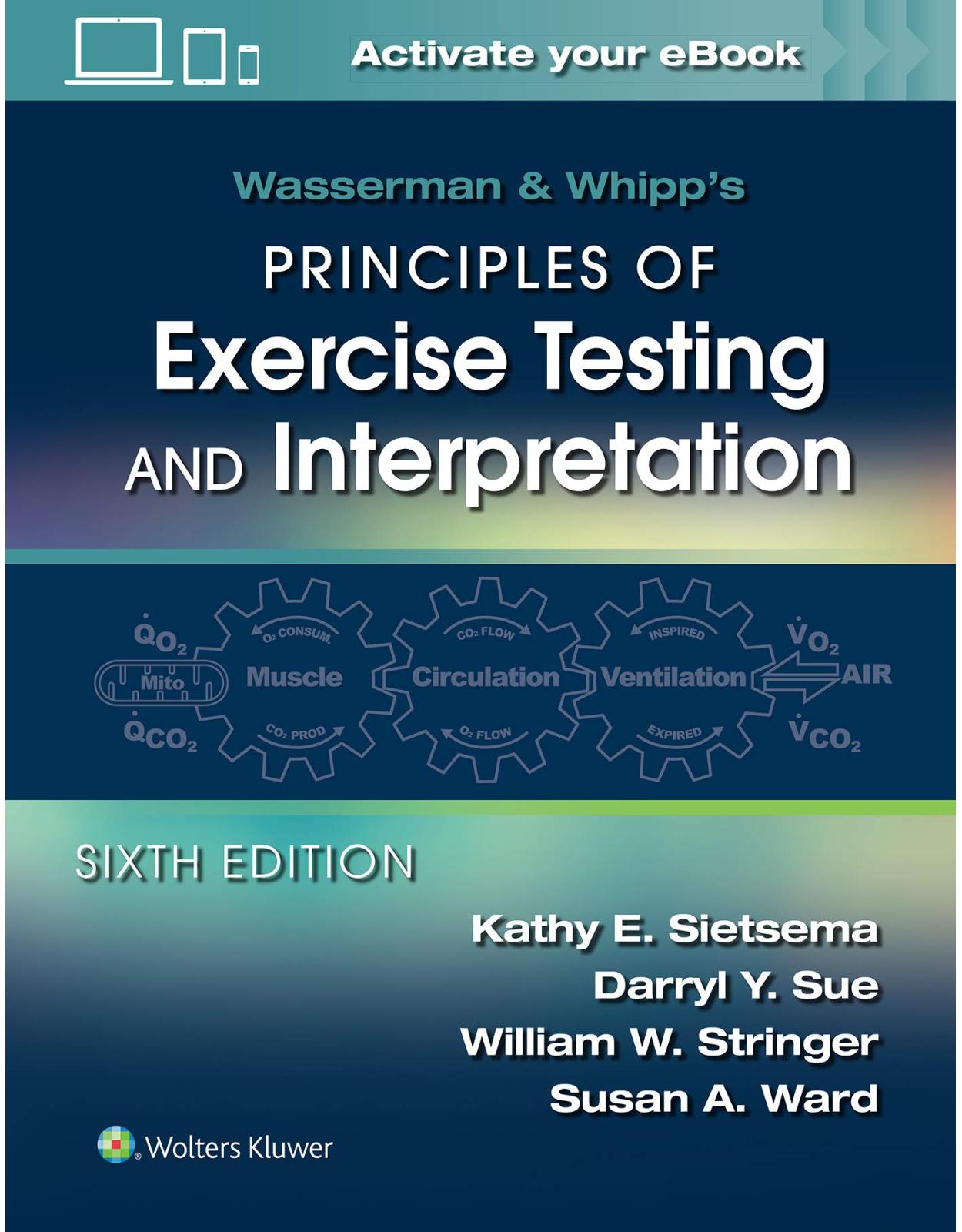
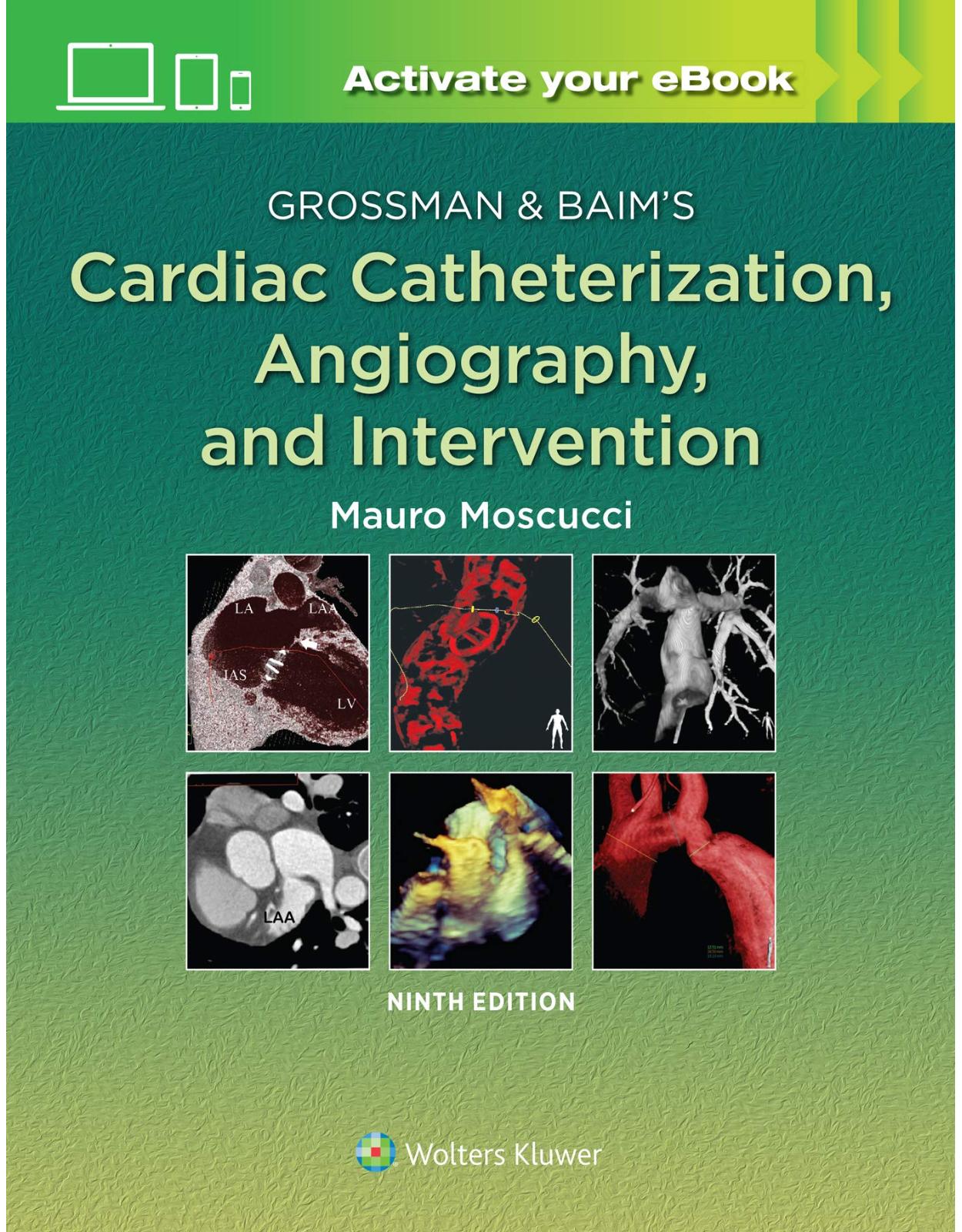
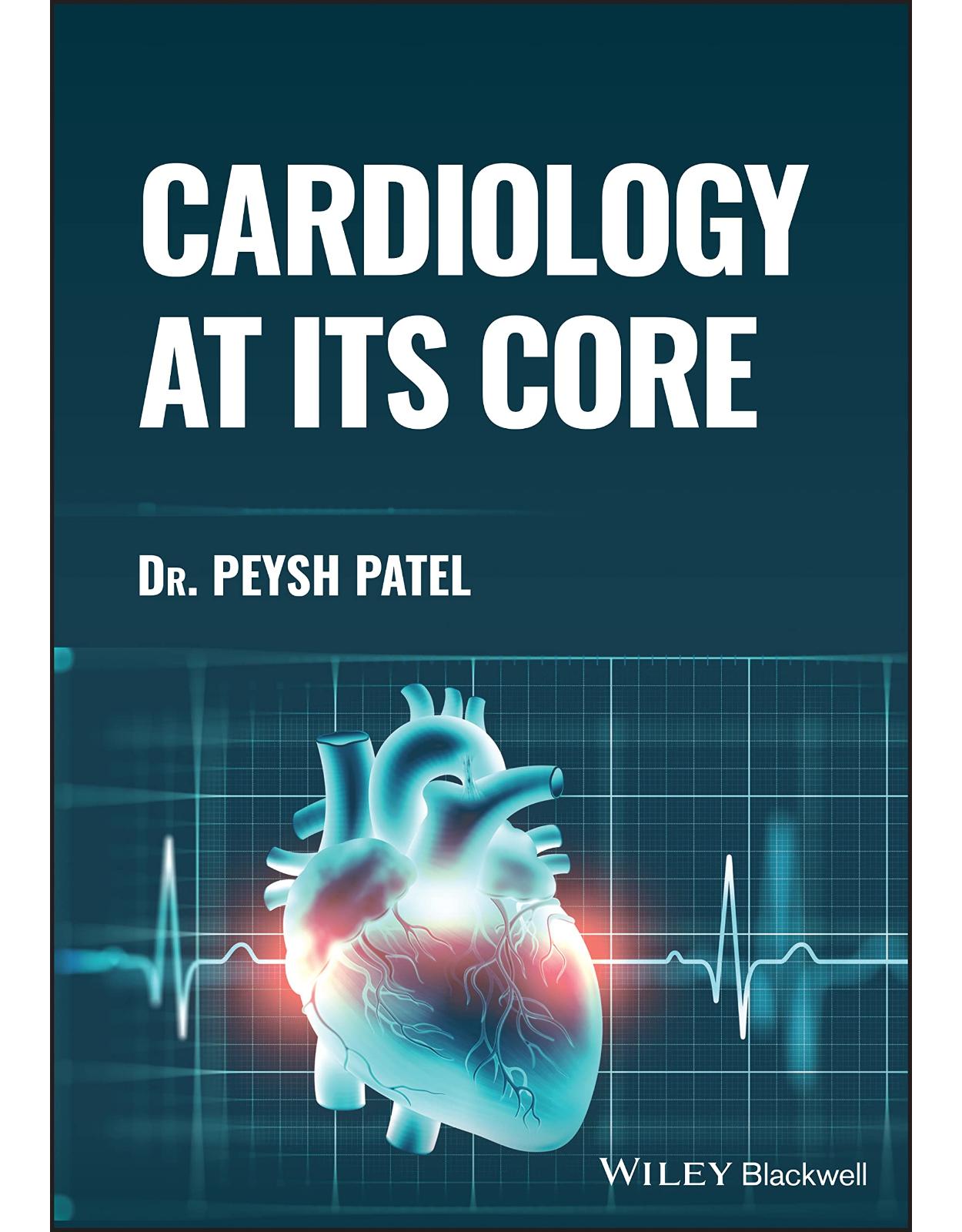
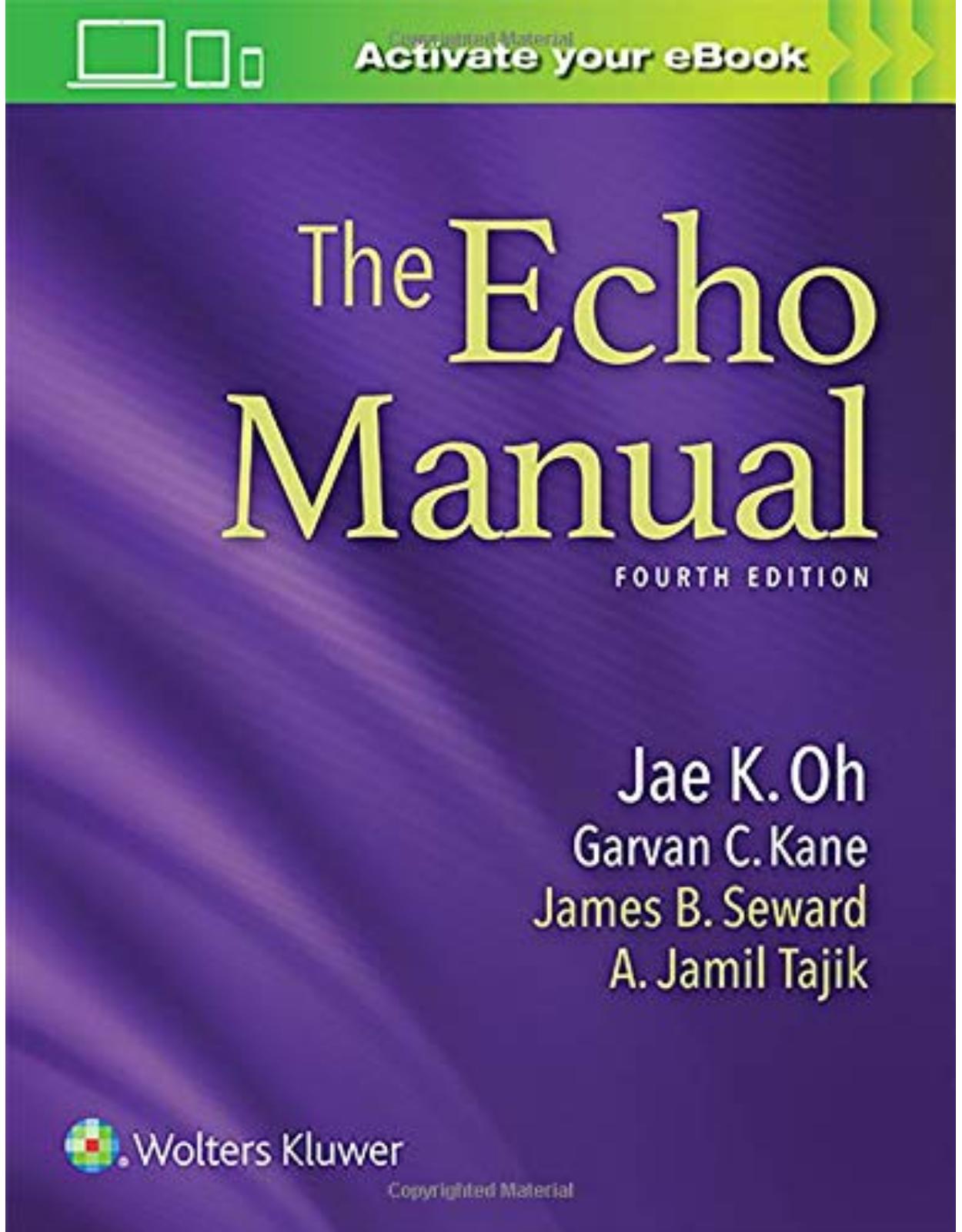
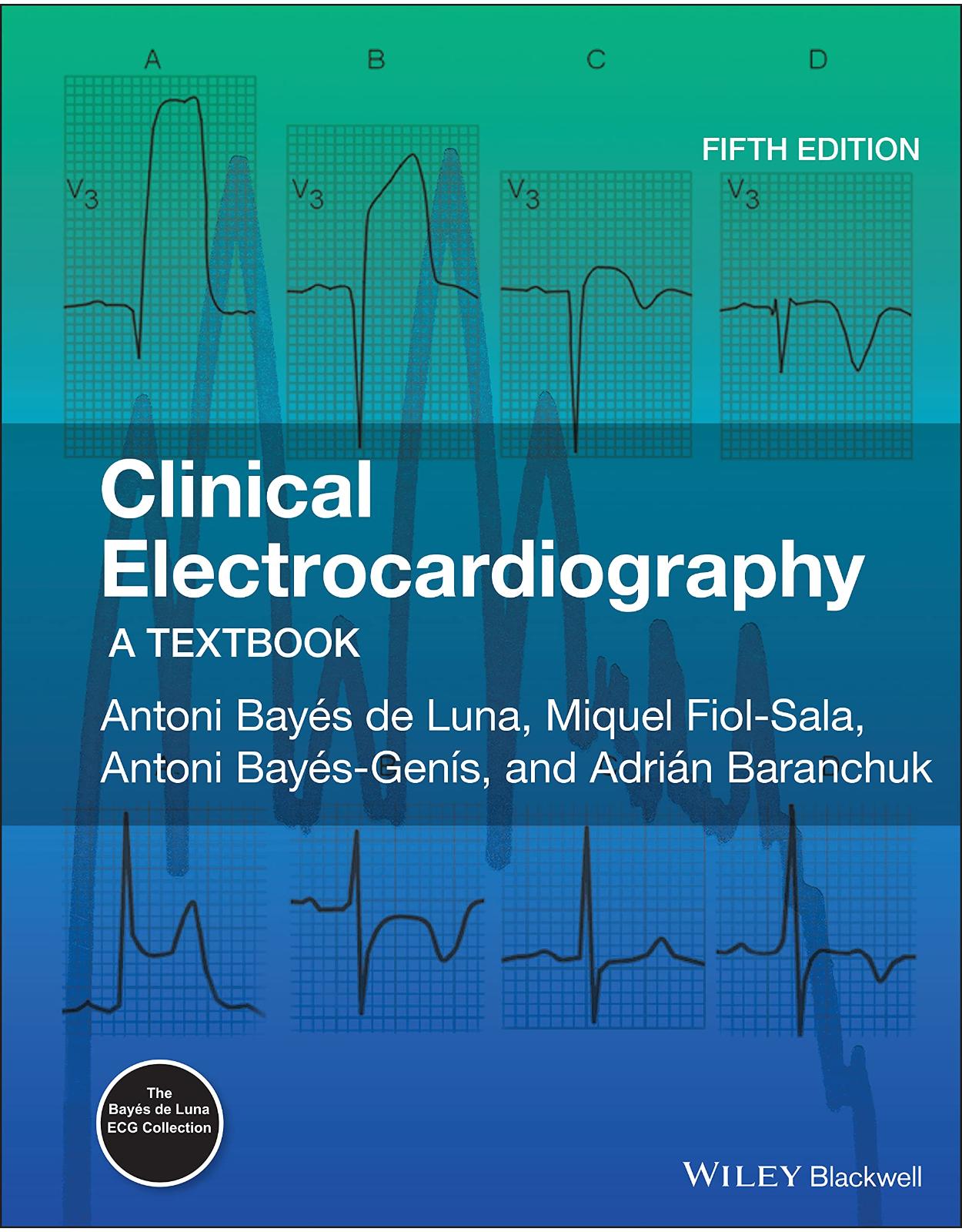
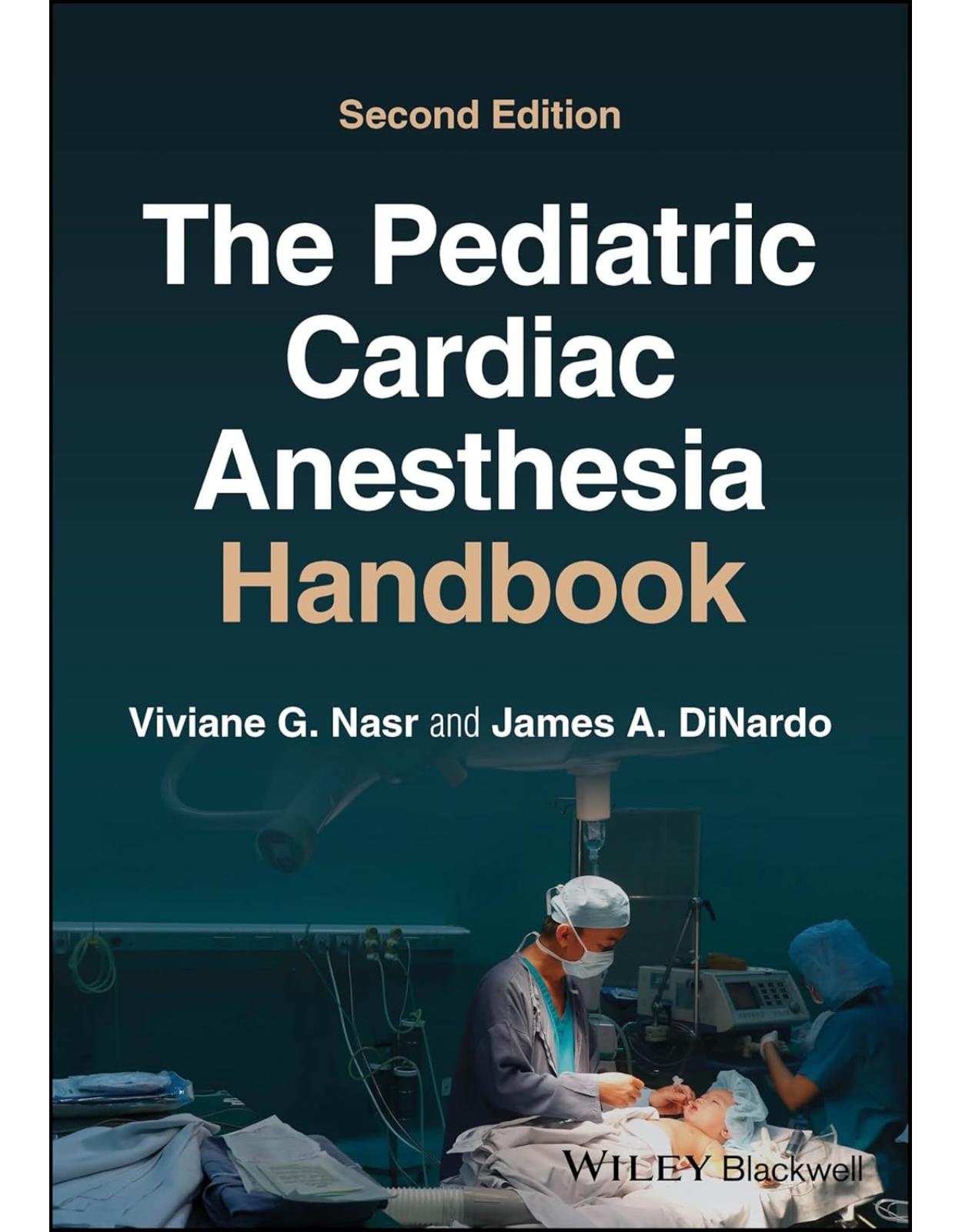
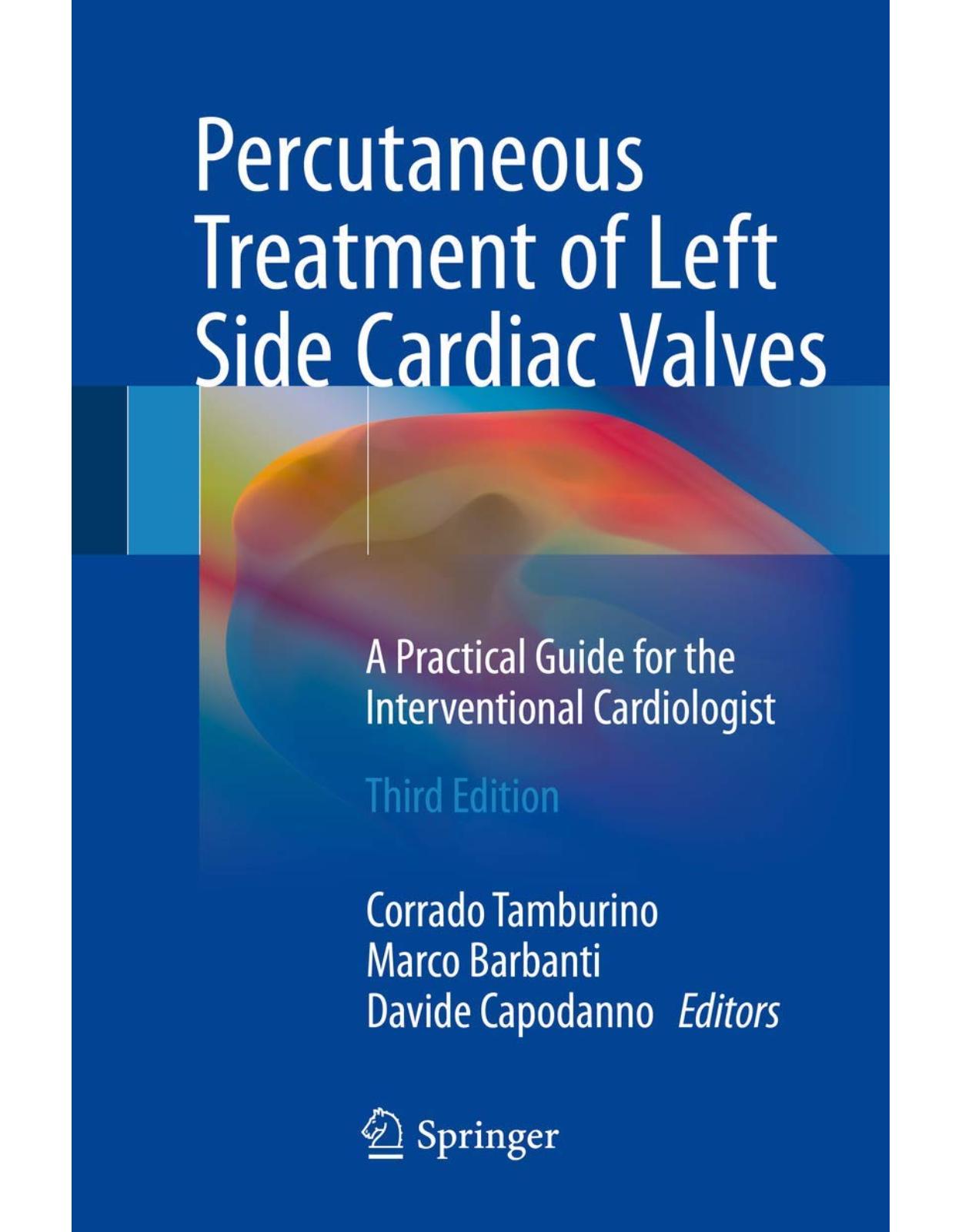
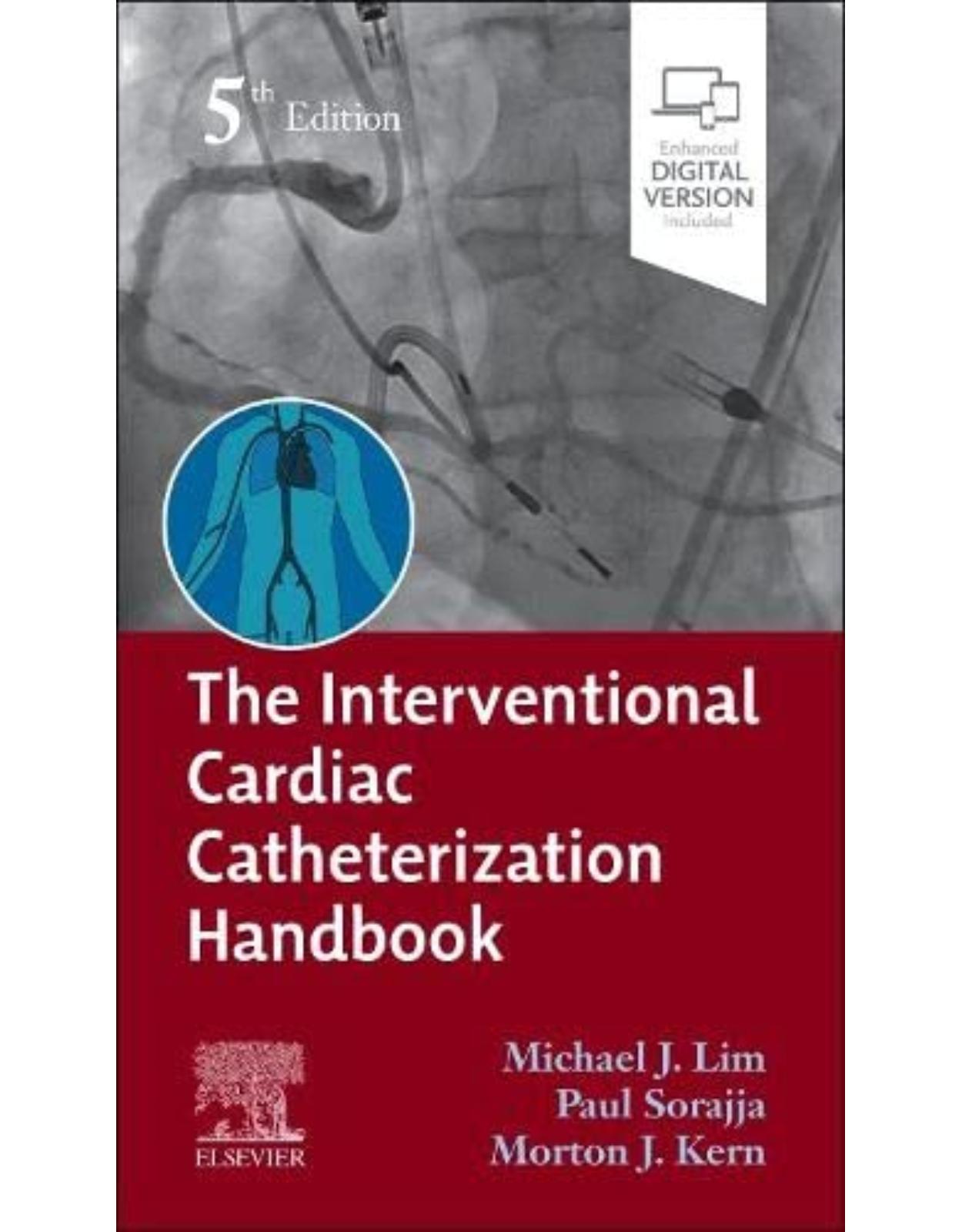
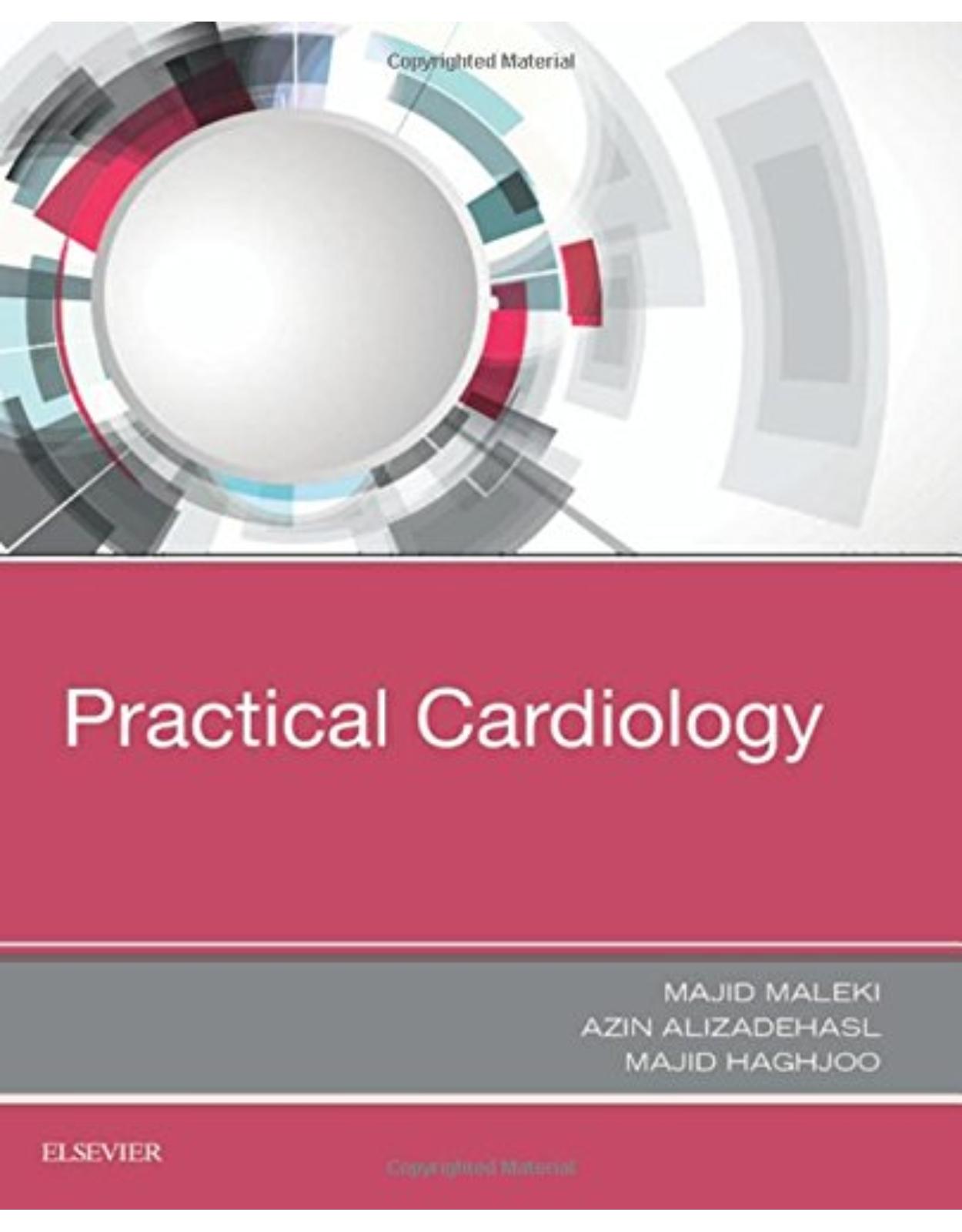
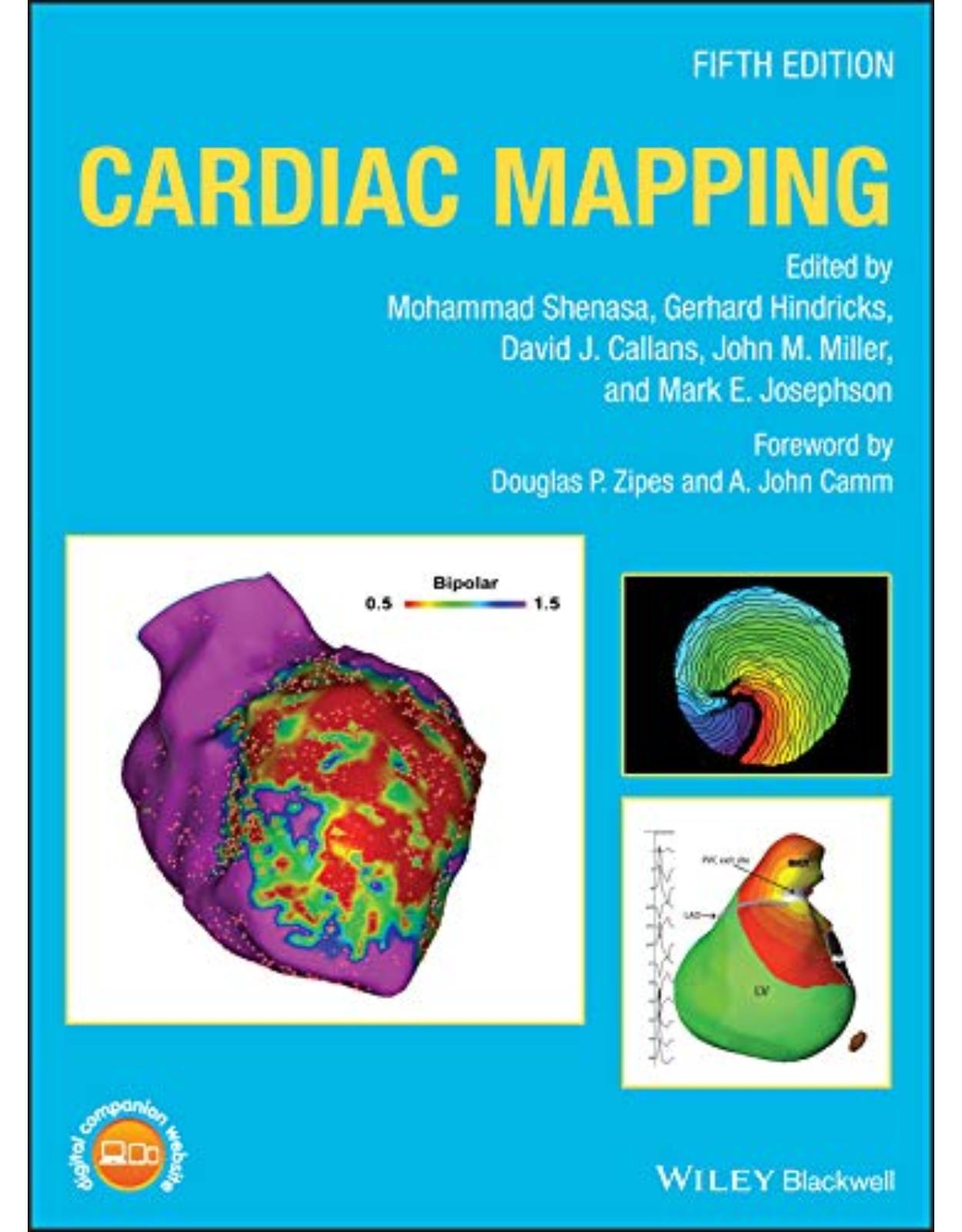
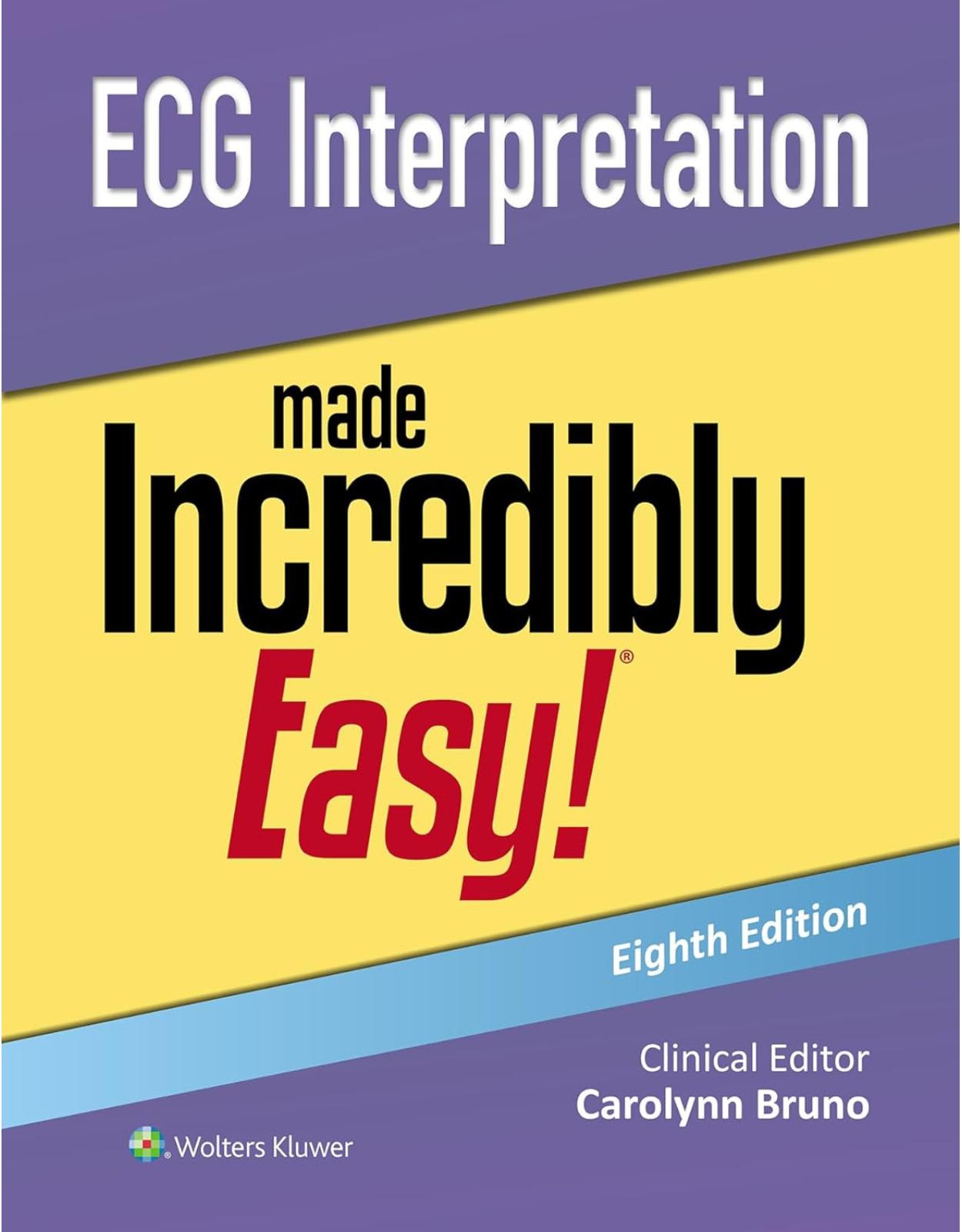


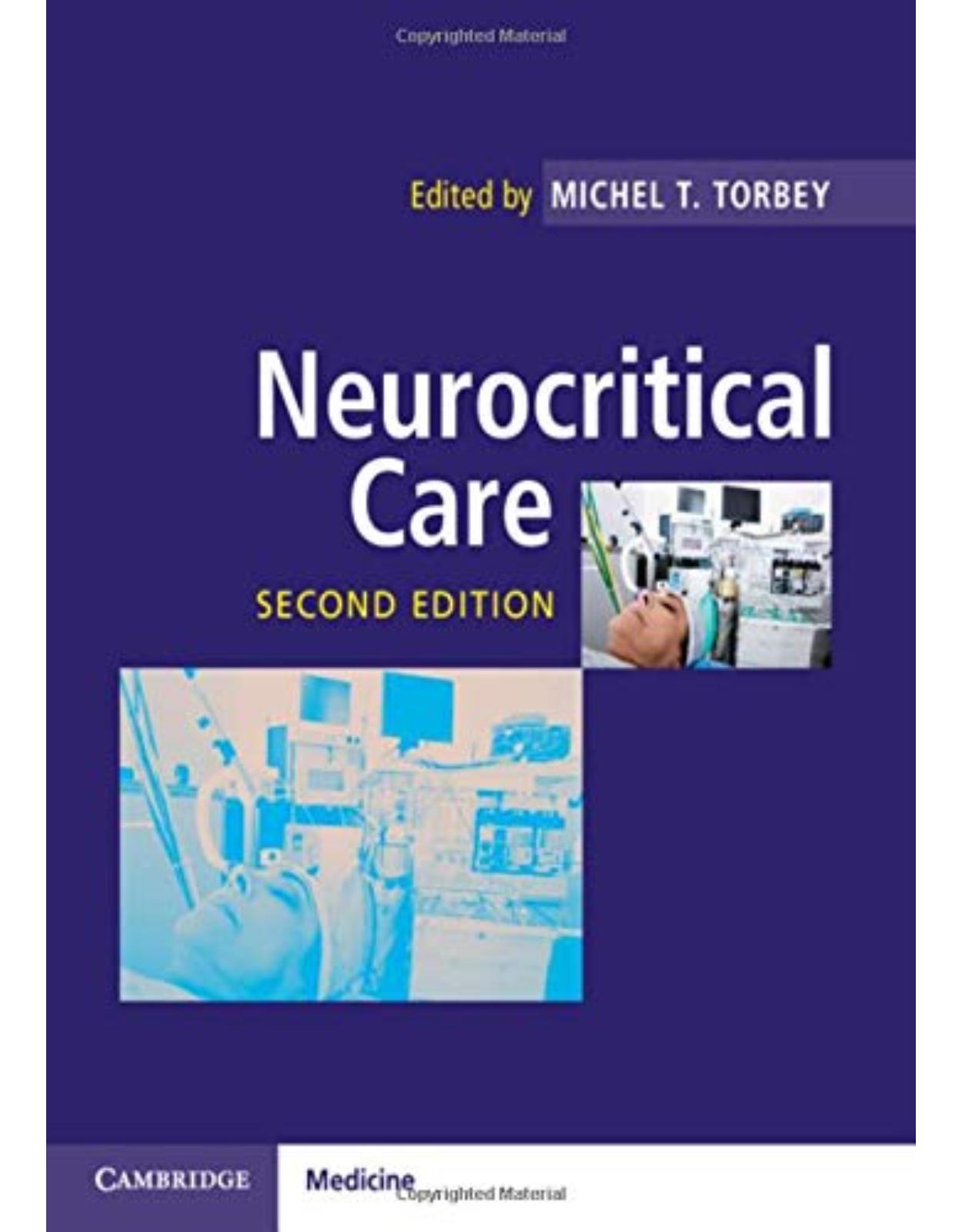
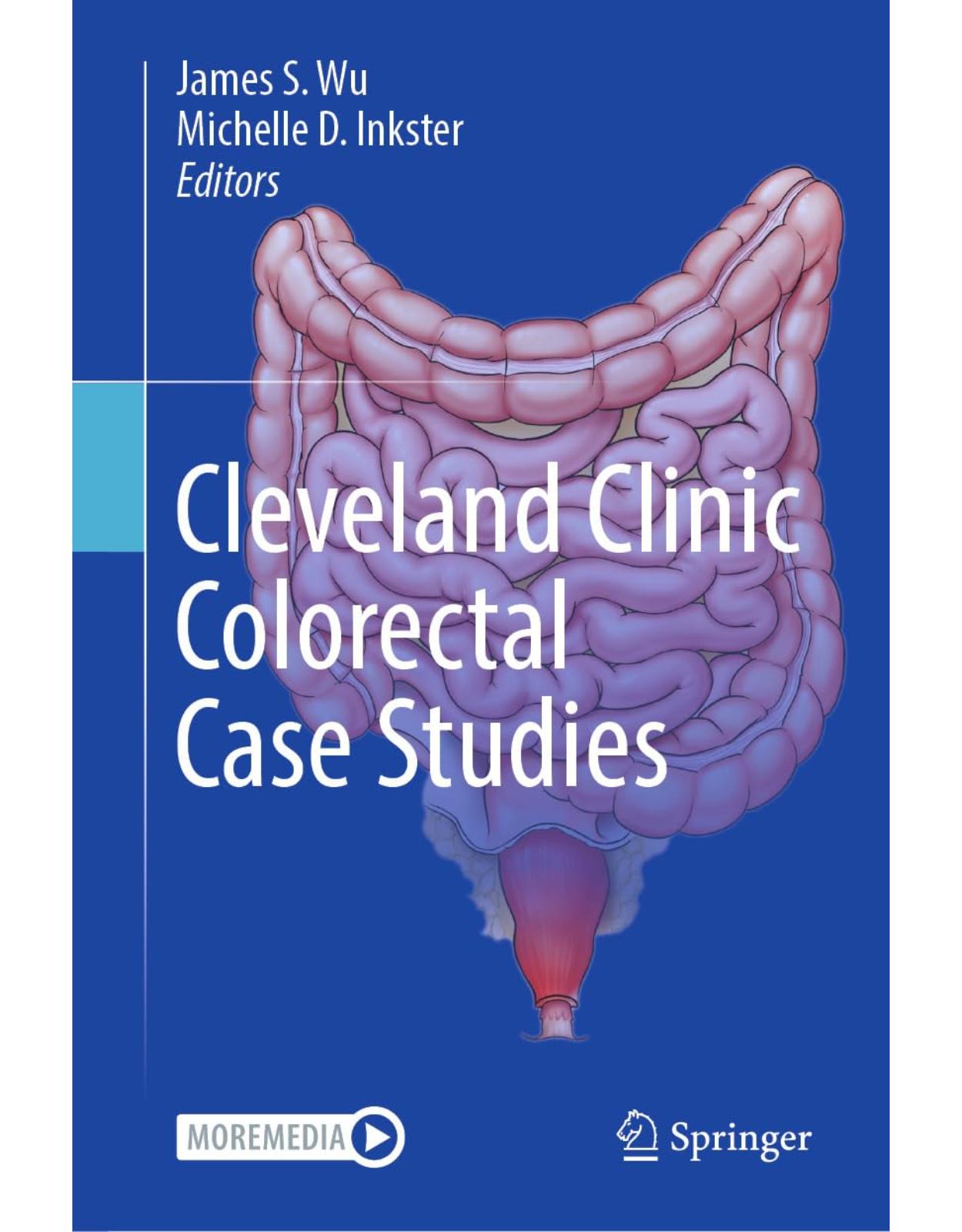
Clientii ebookshop.ro nu au adaugat inca opinii pentru acest produs. Fii primul care adauga o parere, folosind formularul de mai jos.